Cut-Off Road
Originally posted to El Cantar de la Lluvia on Tuesday, November 14, 2006
It's been a while since I've been back to Termas Del Plomo, and a month or so ago I was curious to see if I could still get all the way up to the hot springs, or if there'd be too much snow around. Both previous trips, to the springs and to the mine, were done before the winter rains came, and I frankly wasn't too optimistic about getting all the way to the end.
So I set off on a nice day, to see what I found.
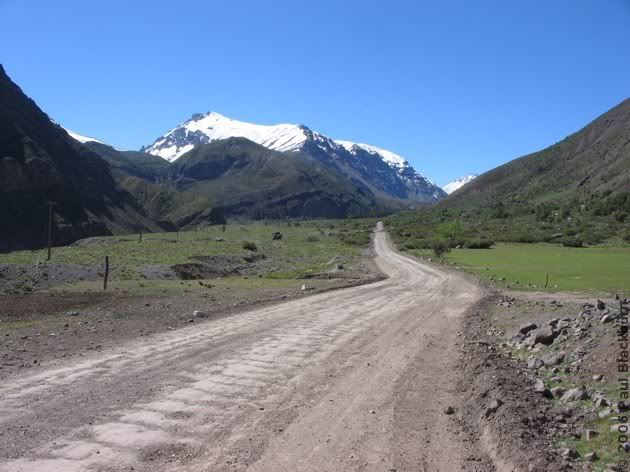
The snow was receding from the hilltops.
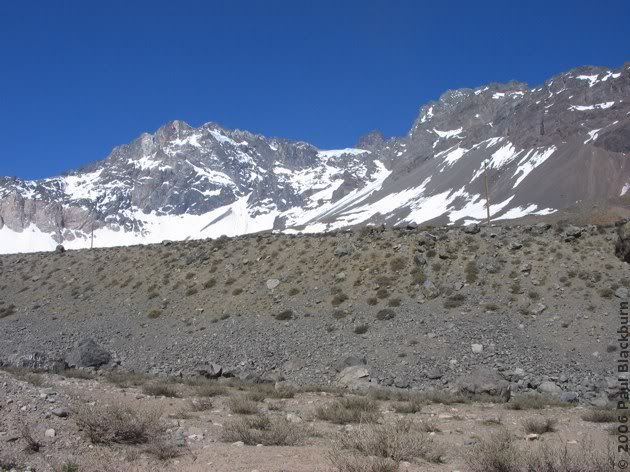
Though it still was all the way down to the shoreline at the Embalse El Yeso.
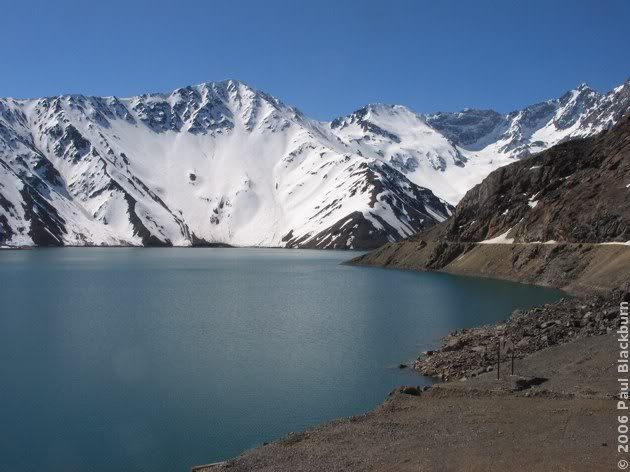
As a point of comparison, here's a pic of the same place, in autum.
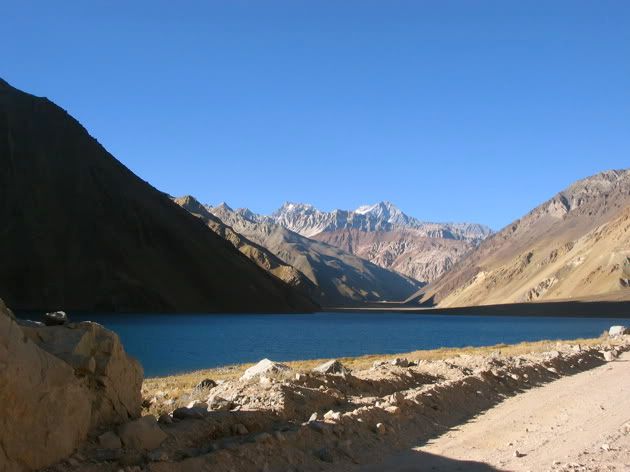
I was happily riding around the perimeter of the Embalse El Yeso, following the narrow stony road that follows the hill's sinuous folds, when I came to the spot just opposite the dam's main wall, a long stretch of uphill straight road. There were ten or fifteen cars and pickups parked to one side of the road, and people were milling about. Strange. I carried on slowly, and when I got to the last car, I understood. There had been a rockslide, and some giant boulders had blocked the road. All those cars were of people who had decided to come up here for a breath of fresh air with their families, probably at the hot springs, but instead of that, they got to walk around and do most nothing at all.
Thanks to the wonderful things that are motorbikes, I just rolled through the gap between two boulders. On the other side, a family going for a walk. And a chilean fox!
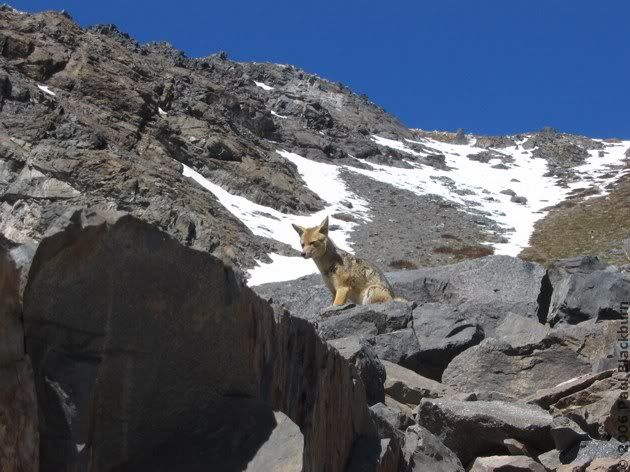
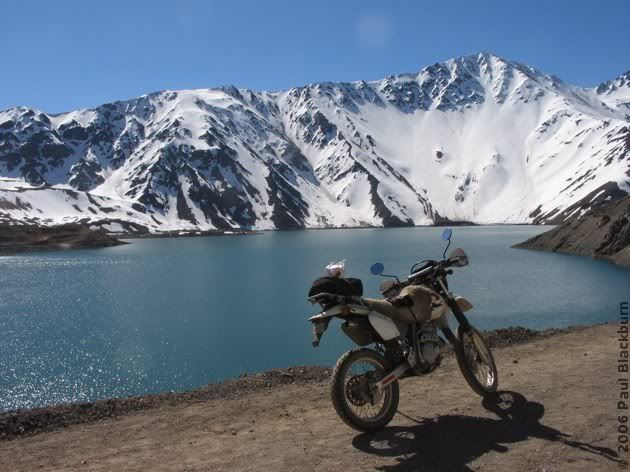
The scene on the other side of the landslide was rather strange. While the dirt road before that point had been quite normal, in a useable state, here, where no vehicle had come since autumn, it almost looked like there was no road at all.
What I mean is, there was a road all right, at least the flat surface of one, but it was completely covered in small, and sometimes not so small, angular rocks.
Square rocks. I hate them. They make riding quite hard.
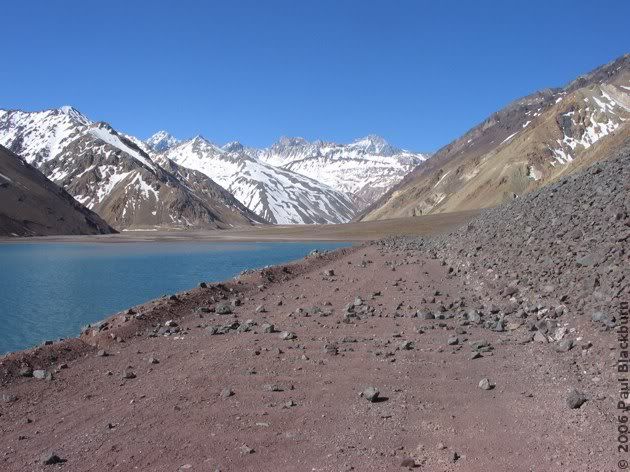
When faced with this type of terrain, I am forced to lower both feet, ready for a stone that will make me tip this way or that. And sometimes an unexpected bounce grants you a rather unwelcome session of testicular trauma. :-(
Happily, once the road had separated from the hillside, I was able to ride calmly again.
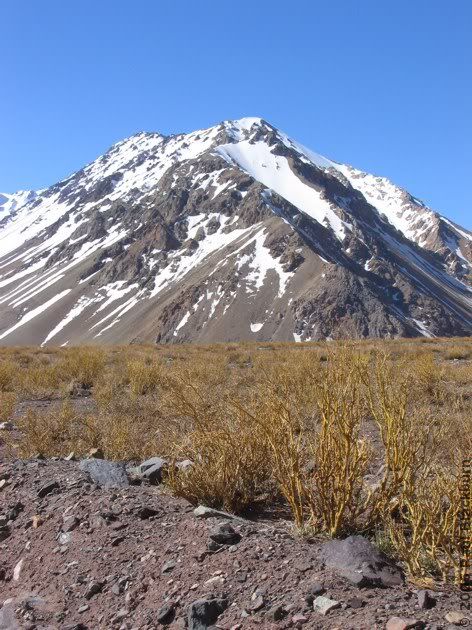
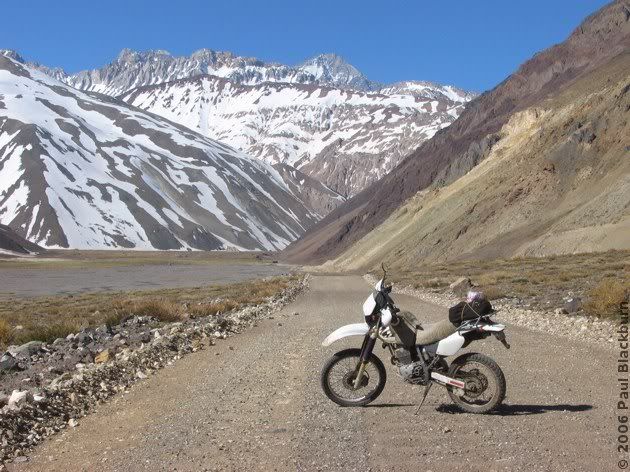
In the center of the pic, you can barely see the trail that I attempted to follow on the ride to the mine, but this time it's covered in snow. On that occasion, snow ended my explorations prematurely; I'll have to come back in mid-summer to see where it leads.

And so, almost predictably, snow was to be my ride-ender this time, as well. I'd say I was two or three km short of the springs.
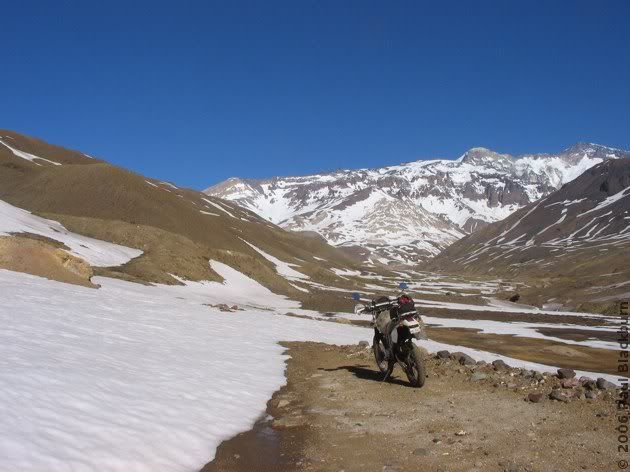
The great thing about the landslide was that it sealed off the Cajón: I had it all to myself. There was clearly no other vehicle past the rocks today. There were some old tracks made by larger trail bikes, but nothing recent. Unless someone had decided to hike tens of kilometres on foot, I was completely alone. It was a strange feeling.
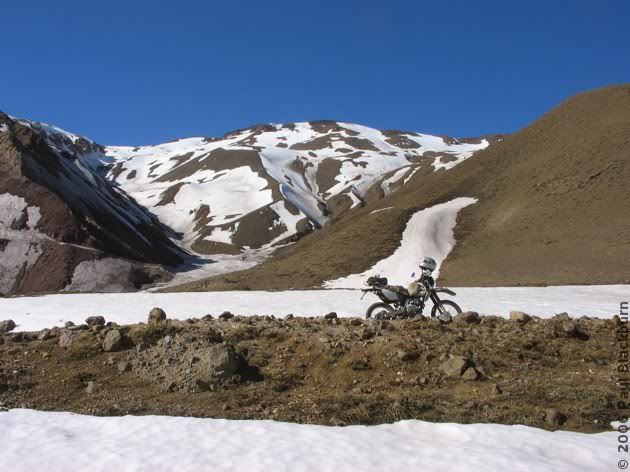
I stopped, and walked down to the river.
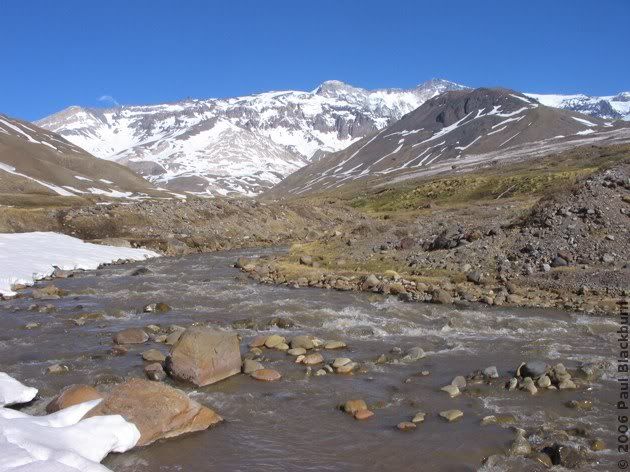
I sat and rested, and listened to the breeze, and sounds, for quite a while.
On the way back, I was less lucky as I crossed the rock-strewn sections of road.
First, the setting:
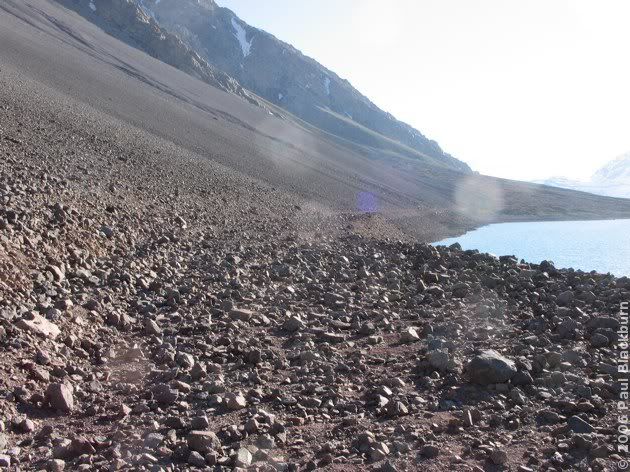
Second, the result:
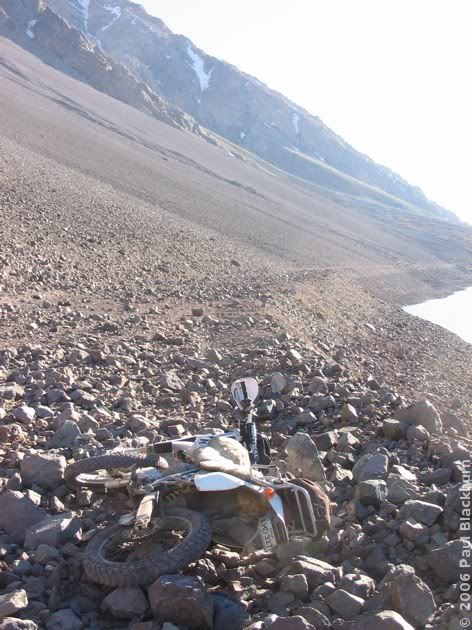
Great. I picked the bike up. I took off my jacket, my helmet. It was hot. I started clearing a path. I had originally planned to clear no more than a few metres, but I soon was engrossed in the task, and its Zen nature took over. Before I realised what I had done, I had cleared a narrow 50 metre path. Here's the start of it.

Some post-apocalyptic movies have wonderful scenes of the deterioration and desolation of human creation. This road made me feel the same. I was impressed at how one single winter could cover the road with so many rocks. Clearly, keeping it unobstructed was constant work.
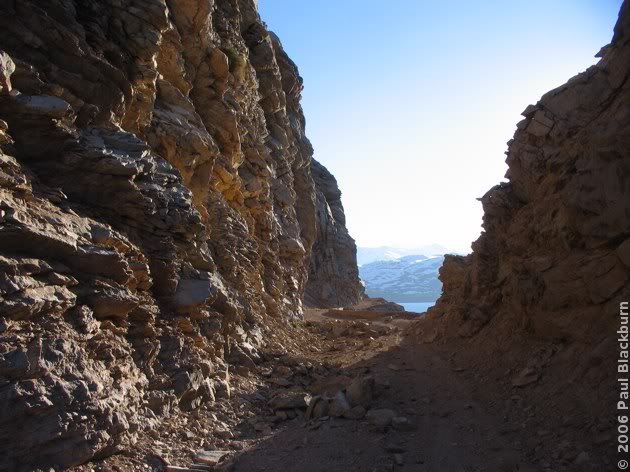
And after reflecting upon our passing mark on the world, and having made my very own Zen rock garden in the Andes, I rode home.
It's been a while since I've been back to Termas Del Plomo, and a month or so ago I was curious to see if I could still get all the way up to the hot springs, or if there'd be too much snow around. Both previous trips, to the springs and to the mine, were done before the winter rains came, and I frankly wasn't too optimistic about getting all the way to the end.
So I set off on a nice day, to see what I found.

The snow was receding from the hilltops.

Though it still was all the way down to the shoreline at the Embalse El Yeso.

As a point of comparison, here's a pic of the same place, in autum.

I was happily riding around the perimeter of the Embalse El Yeso, following the narrow stony road that follows the hill's sinuous folds, when I came to the spot just opposite the dam's main wall, a long stretch of uphill straight road. There were ten or fifteen cars and pickups parked to one side of the road, and people were milling about. Strange. I carried on slowly, and when I got to the last car, I understood. There had been a rockslide, and some giant boulders had blocked the road. All those cars were of people who had decided to come up here for a breath of fresh air with their families, probably at the hot springs, but instead of that, they got to walk around and do most nothing at all.
Thanks to the wonderful things that are motorbikes, I just rolled through the gap between two boulders. On the other side, a family going for a walk. And a chilean fox!


The scene on the other side of the landslide was rather strange. While the dirt road before that point had been quite normal, in a useable state, here, where no vehicle had come since autumn, it almost looked like there was no road at all.
What I mean is, there was a road all right, at least the flat surface of one, but it was completely covered in small, and sometimes not so small, angular rocks.
Square rocks. I hate them. They make riding quite hard.

When faced with this type of terrain, I am forced to lower both feet, ready for a stone that will make me tip this way or that. And sometimes an unexpected bounce grants you a rather unwelcome session of testicular trauma. :-(
Happily, once the road had separated from the hillside, I was able to ride calmly again.


In the center of the pic, you can barely see the trail that I attempted to follow on the ride to the mine, but this time it's covered in snow. On that occasion, snow ended my explorations prematurely; I'll have to come back in mid-summer to see where it leads.

And so, almost predictably, snow was to be my ride-ender this time, as well. I'd say I was two or three km short of the springs.

The great thing about the landslide was that it sealed off the Cajón: I had it all to myself. There was clearly no other vehicle past the rocks today. There were some old tracks made by larger trail bikes, but nothing recent. Unless someone had decided to hike tens of kilometres on foot, I was completely alone. It was a strange feeling.

I stopped, and walked down to the river.

I sat and rested, and listened to the breeze, and sounds, for quite a while.
On the way back, I was less lucky as I crossed the rock-strewn sections of road.
First, the setting:

Second, the result:

Great. I picked the bike up. I took off my jacket, my helmet. It was hot. I started clearing a path. I had originally planned to clear no more than a few metres, but I soon was engrossed in the task, and its Zen nature took over. Before I realised what I had done, I had cleared a narrow 50 metre path. Here's the start of it.

Some post-apocalyptic movies have wonderful scenes of the deterioration and desolation of human creation. This road made me feel the same. I was impressed at how one single winter could cover the road with so many rocks. Clearly, keeping it unobstructed was constant work.

And after reflecting upon our passing mark on the world, and having made my very own Zen rock garden in the Andes, I rode home.
Labels: cajondelmaipo, rides


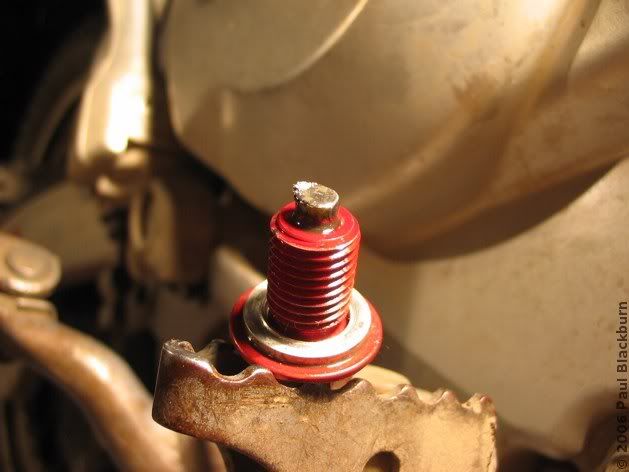




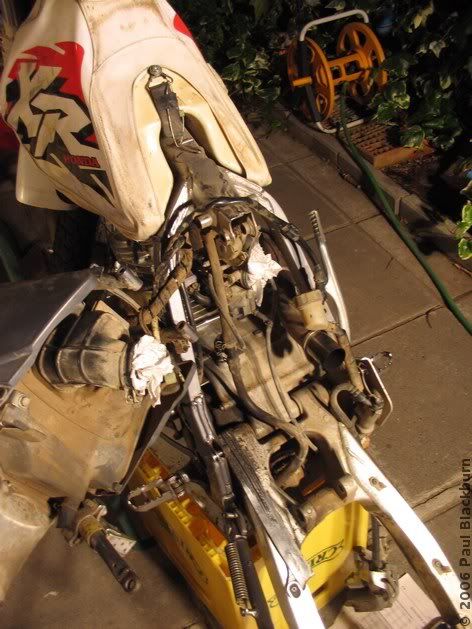
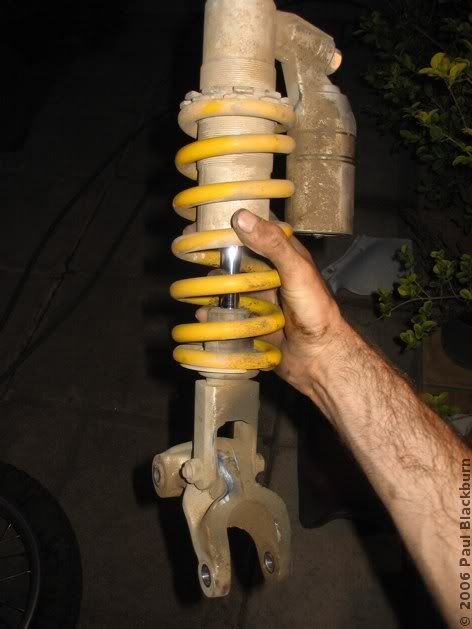

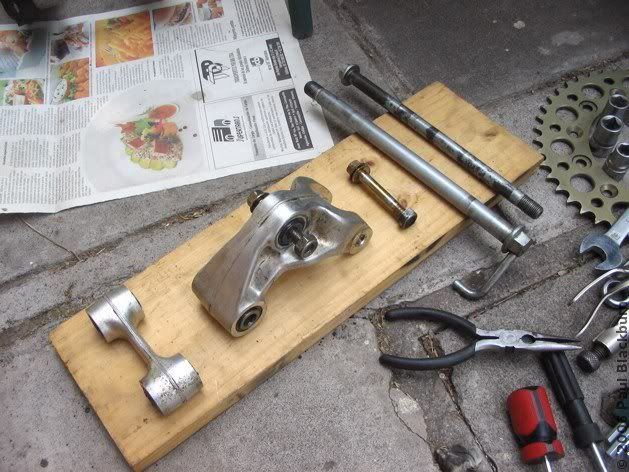
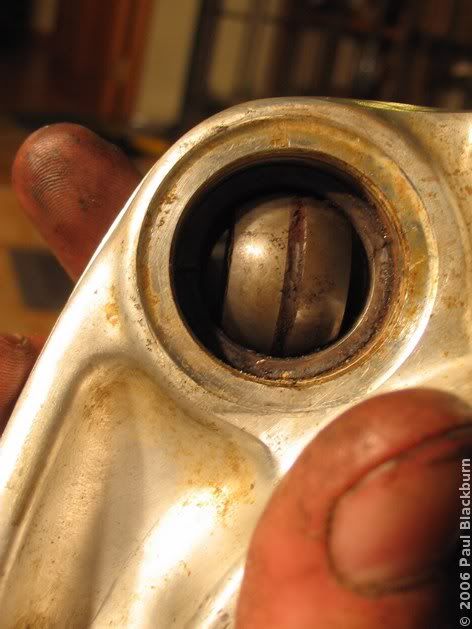
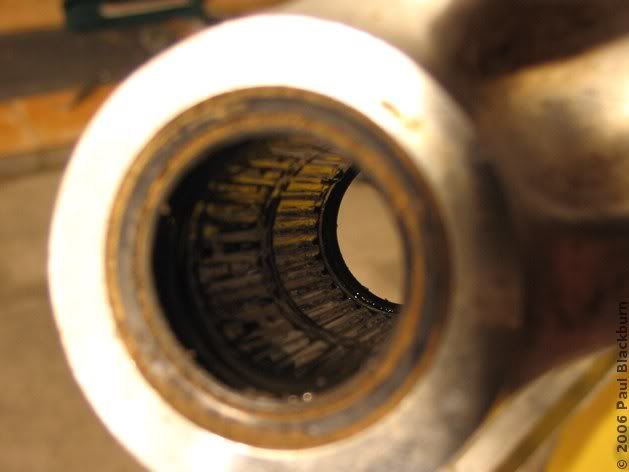


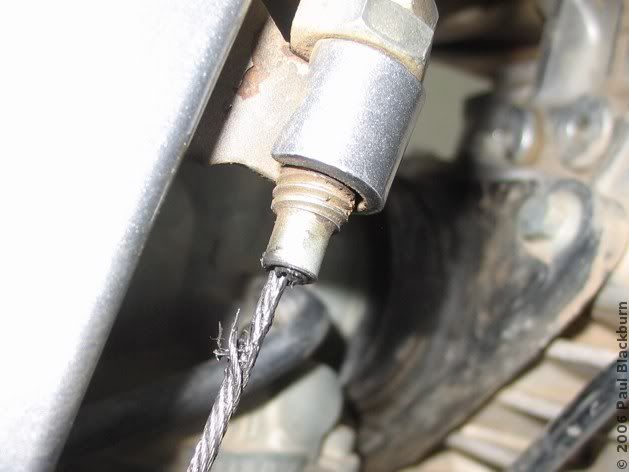
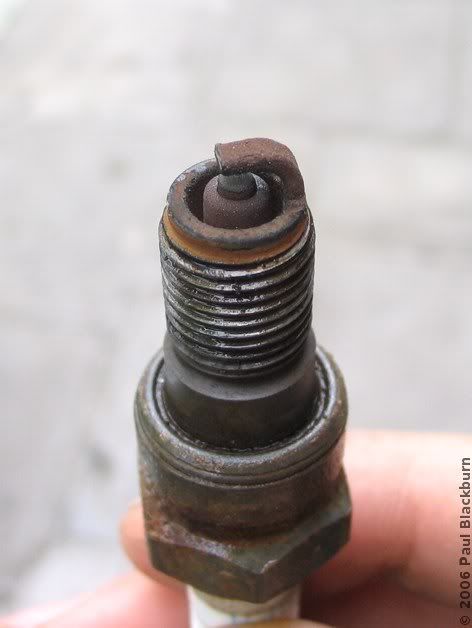
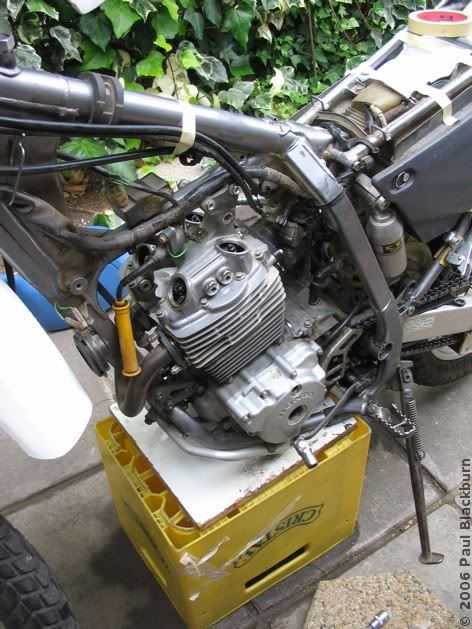
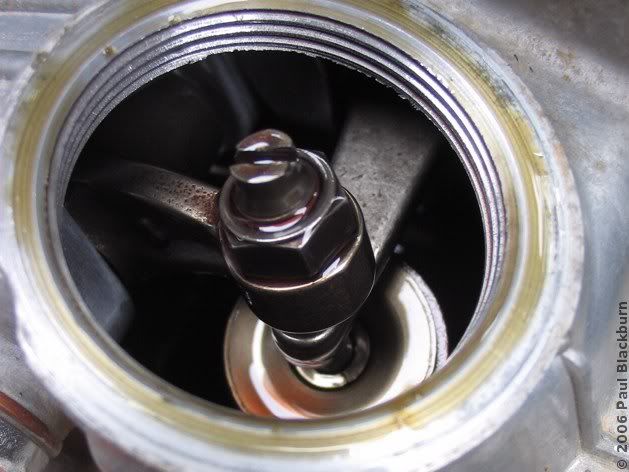
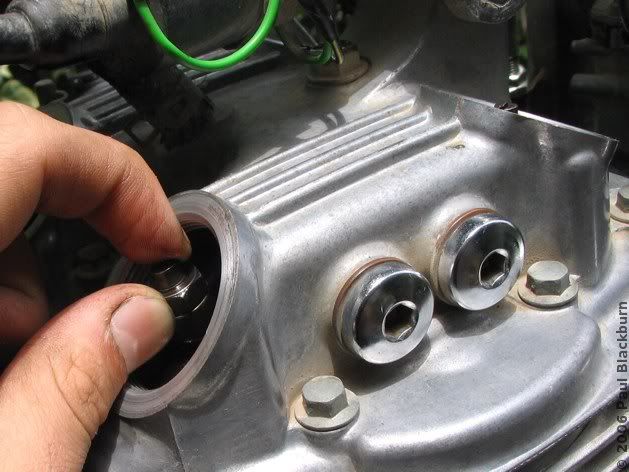
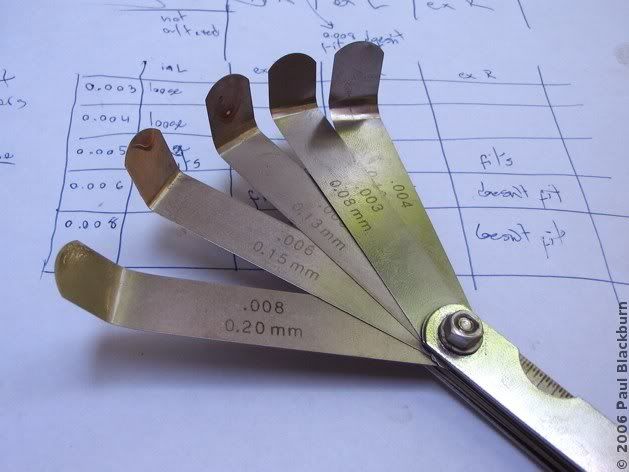

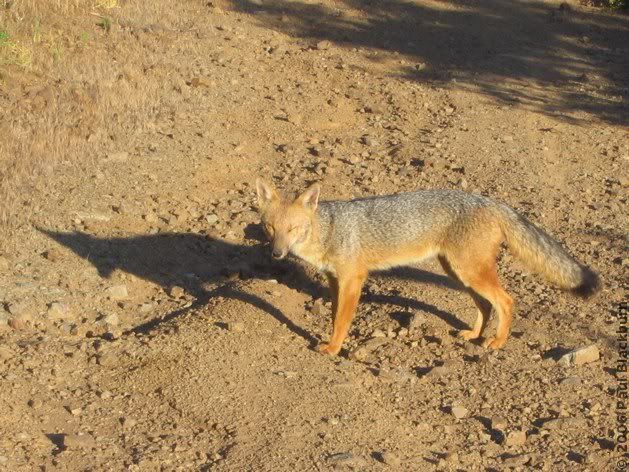



 The Lagoons of the Santuario de la Naturaleza 2: Laguna Los Ángeles
The Lagoons of the Santuario de la Naturaleza 2: Laguna Los Ángeles Race Day At Leyda 4
Race Day At Leyda 4 El Tabo and the Central Hidroeléctrica El Sauce
El Tabo and the Central Hidroeléctrica El Sauce Exploring The Hills Around Lampa
Exploring The Hills Around Lampa A Different Route To Baños De Colina
A Different Route To Baños De Colina The Mines of the Cuesta La Dormida
The Mines of the Cuesta La Dormida The Frozen Lagoons of the Santuario de la Naturaleza
The Frozen Lagoons of the Santuario de la Naturaleza Second Mass Demonstration "For A Fair Tag"
Second Mass Demonstration "For A Fair Tag" First Mass Demonstration Against The 'Tag'
First Mass Demonstration Against The 'Tag' Enduro In Lagunillas
Enduro In Lagunillas Embalse El Yeso and Termas Del Plomo
Embalse El Yeso and Termas Del Plomo Ride To Peñuelas
Ride To Peñuelas Cerro Chena
Cerro Chena Race Day at Leyda 3
Race Day at Leyda 3 Baños de Colina 2
Baños de Colina 2 Carretera Austral: Epilogue
Carretera Austral: Epilogue The Little Giant and Termas del Plomo
The Little Giant and Termas del Plomo Back on Two Wheels
Back on Two Wheels 2006 Photographic Retrospective
2006 Photographic Retrospective Race Day At Leyda 2
Race Day At Leyda 2  Quantum Optics III in Pucón
Quantum Optics III in Pucón Meseta In Chicureo
Meseta In Chicureo Pick Up Your Beer Bottle And Fuck Off
Pick Up Your Beer Bottle And Fuck Off  Planes And Hills
Planes And Hills Cut-Off Road
Cut-Off Road Lagunillas
Lagunillas Laguna Verde 2
Laguna Verde 2 Ride To Anywhere But Aculeo
Ride To Anywhere But Aculeo Cerro El Roble, Second Attempt
Cerro El Roble, Second Attempt Baños De Colina
Baños De Colina Some Walk On Water...
Some Walk On Water... Race Day At Leyda
Race Day At Leyda Almost Cerro El Roble
Almost Cerro El Roble Off To Curacaví with Andrés
Off To Curacaví with Andrés La Serena, Part 3: Back To Santiago
La Serena, Part 3: Back To Santiago  A Bull, Two Cows and a Chilean Fox
A Bull, Two Cows and a Chilean Fox Escape To Cuesta La Dormida
Escape To Cuesta La Dormida Valve Adjustment
Valve Adjustment La Serena, Part 2B: Valle Del Elqui
La Serena, Part 2B: Valle Del Elqui La Serena, Part 2A: Coquimbo and La Recova
La Serena, Part 2A: Coquimbo and La Recova Mud And Pine Trees
Mud And Pine Trees La Serena, Part 1
La Serena, Part 1 Pimp My Exhaust
Pimp My Exhaust Ride To Laguna Verde
Ride To Laguna Verde Ride To La Mina
Ride To La Mina Ride To Termas El Plomo
Ride To Termas El Plomo Camping in Colliguay
Camping in Colliguay Ride To Portillo
Ride To Portillo Ride To Olmué and Con Con
Ride To Olmué and Con Con Siete Tazas
Siete Tazas Watching The Departure Of The Day That Brought Me Here
Watching The Departure Of The Day That Brought Me Here Buenos Aires Motorbikes
Buenos Aires Motorbikes Ride to Talca with the Adach Group
Ride to Talca with the Adach Group Las Trancas '05
Las Trancas '05 Towers and Hills
Towers and Hills María Pinto, Melipilla, Aculeo
María Pinto, Melipilla, Aculeo Me and my Carb
Me and my Carb



